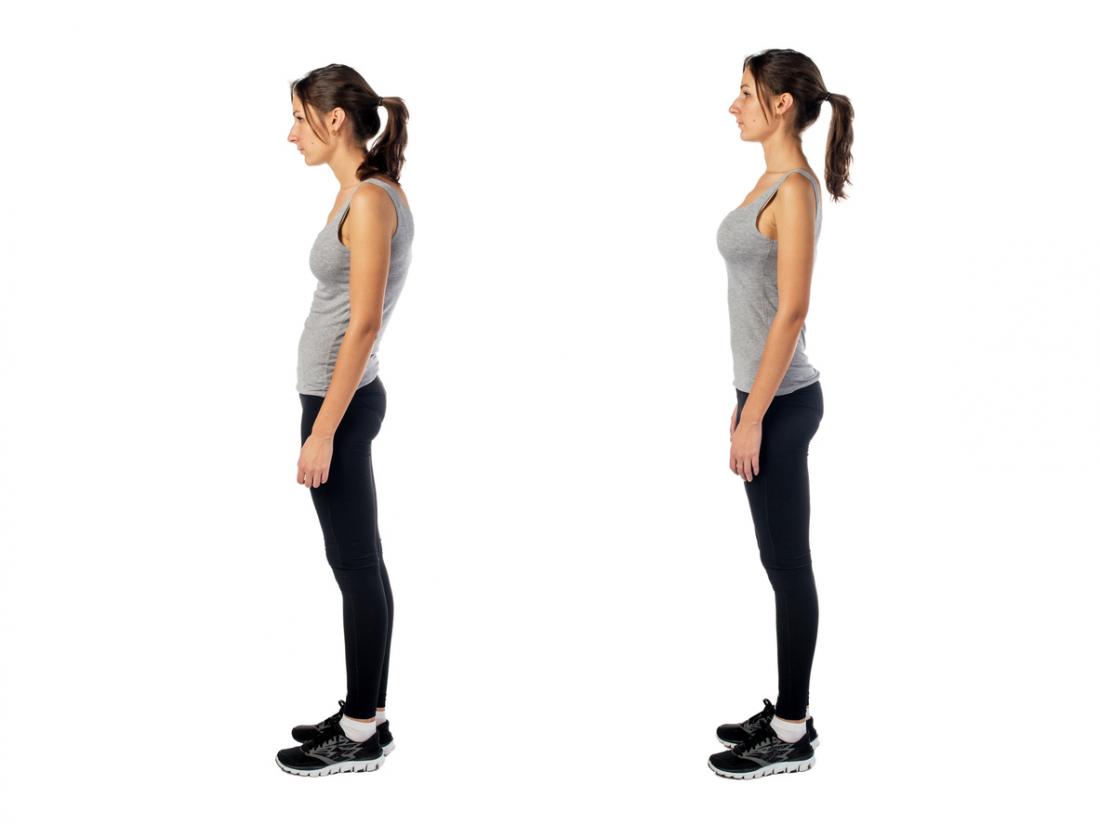What Is Good Posture?
As you are reading this, I would like to make a bet that your shoulders are slightly rounded, your leaning over your laptop or looking down at your phone and your core isn’t engaged. And, as soon as you read that sentence, I would like to guess that you sat up a little straighter, right? Good posture is important when sitting down, standing and moving and plays a significant part in your long-term health. Improving your posture can help to alleviate and prevent pain, reduce the risks of injury and long-term health problems. Often posture is associated with back pain, but good posture can improve other areas of your body too, alleviating muscle tension across the whole body.
Why Do We Need A Good Posture?
Good posture may carry the image of being able to carry a book on your head whilst walking taller cat-walk style, but the benefits go beyond just looking taller. Good posture can help boost your energy levels as well as helping you to breathe better. A lousy posture, sitting or standing in a constant slump can make it harder for your lungs and intestines to work and overtime, improving your posture can help to get enough air into the lungs and make it easier to digest food.
Practicing and maintaining good posture can contribute to your overall well-being. It can additionally help you to perform your daily activities with greater ease from a reduction in pain and potential injury. Good posture goes beyond helping just your daily activities, it can help strengthen your abilities in just about any sport or activity. Better posture is important for balance; standing up straight centres your weight evenly over your feet. An improved balance will help you to maintain correct form whilst you are exercising and is an important factor in reducing injury and improving exercise performance.
What Does Good Posture Look Like? (Harvard Medical School)
|
“Stand up straight!” – something you may have been told to do from a young age, but it isn’t something we all do, all the time. If this sounds familiar, you are not alone. The good news is that proper posture is something that you can train yourself to adopt by adding strengthening exercises into your daily and training routines.
How To Improve Your Posture?
So, if you are still slouching in your chair whilst reading this, it may not cause discomfort straight away but overtime repeatedly sitting in this position especially now we are all working from home more, may increase tension in your muscles and in turn cause pain and discomfort. Sitting or standing straighter may not feel comfortable to start with because your muscles have not been conditioned to do so yet but practicing better posture takes time – stick with it, it’s worth it!
Poor posture doesn’t just come from sitting down it can come from standing too. When standing for long periods of time do you stand on one leg? If this sounds familiar whilst it may provide some relief in the short term, in the long term it can lead to the development of muscle imbalance around the pelvis area causing strain in the lower back and buttocks. To prevent or improve this pelvis imbalance stand with your legs shoulder width apart so your weight can be evenly distributed on both legs.
Did you know that ‘text neck’ is now a thing? Whilst you may consciously make an effort to improve your posture over your computer, do you give much thought to your posture when you are on your phone? Similar to hunching over your computer, texting, scrolling or generally being on your phone can cause you to have a tight chest and a weak upper back. This text neck position can lead to shoulder and upper back stiffness and pain. To help correct this gently lengthen the back of your neck upwards and gently tuck your chin in.
How To Sit Properly At A Desk? (Fit for Work)
- Your eyes should be level with the top of your computer monitor
- Your shoulders should be relaxed and low
- Your lower arms should be parallel to the floor – resting on a chair arm for support
- You shouldn’t be reaching too far for your keyboard and mouse – arms bent at the elbow
- Your feet should be flat on the floor
- Your upper back should be straight
- Your hips should be as close to the back of the chair as possible
- Your upper legs should be at a 90° angle from your body
- You shouldn’t be leaning to one side
Article Written by Jade Mottley
Twitter / Instagram: @Jademottley
References
- https://www.nhs.uk/live-well/exercise/common-posture-mistakes-and-fixes/
- https://fitforwork.org/blog/sitting-all-day-improve-your-posture-for-a-healthy-back/
- https://www.healthline.com/health/best-posture-corrector#recommended-products
- https://www.webmd.com/osteoporosis/ss/slideshow-posture-tips
- https://www.health.harvard.edu/staying-healthy/why-good-posture-matters

